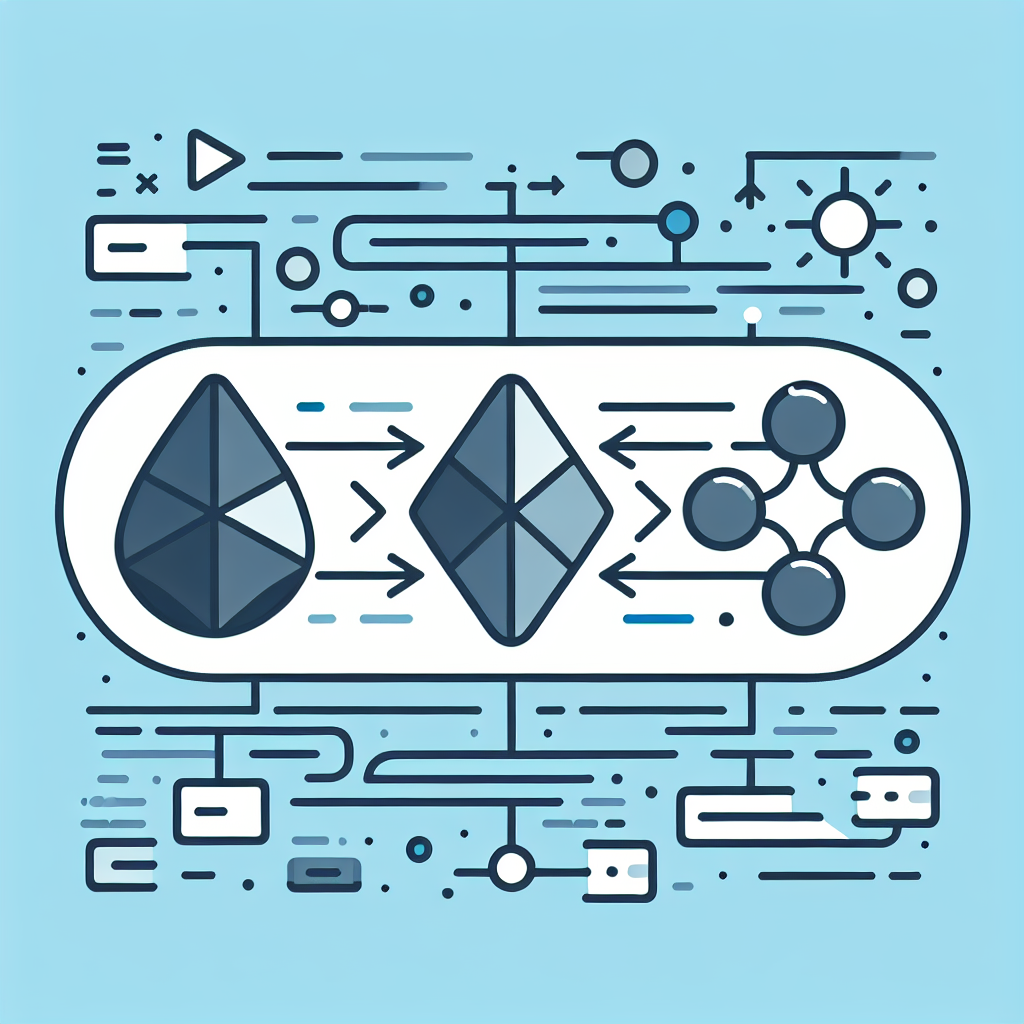Convert Kotlin to Dart Effortlessly | Online Tool
Effortlessly convert Kotlin to Dart with our intuitive tool. Simplify cross-language development & boost productivity. Try it now for seamless code transformation!
Source Code
Converted Code
Output will appear here...
Transform your Kotlin code seamlessly into Dart with our powerful Kotlin to Dart converter. Ideal for developers transitioning from Android to Flutter, this tool ensures efficient cross-platform development, enhances code reusability, and accelerates app migration. Experience a smoother workflow and broaden your project capabilities today.

Kotlin to Dart Conversion Tool Link to this section #
Effortlessly convert Kotlin code to Dart using our specialized tool designed for developers transitioning between these two powerful languages. This tool is essential for those who aim to leverage Dart's capabilities, particularly for Flutter app development, without losing the robust features offered by Kotlin.
Key Features Link to this section #
- Automatic Syntax Conversion: Instantly translate Kotlin's syntax into Dart, ensuring efficient code migration.
- Type Handling: Seamlessly convert Kotlin's type system to Dart's, maintaining data integrity and minimizing runtime errors.
- Function Mapping: Convert Kotlin functions to Dart equivalents, preserving functionality and optimizing performance.
Why Use Kotlin to Dart Conversion? Link to this section #
- Cross-Platform Development: Transitioning from Kotlin to Dart supports cross-platform development with Flutter, enhancing app reach.
- Efficiency: Reduces the manual effort of rewriting code, saving time and resources.
- Consistency: Ensures consistent coding practices across projects by maintaining similar logic and architecture.
Code Snippet Example Link to this section #
Convert a simple Kotlin function to Dart:
Kotlin:
fun greet(name: String): String {
return "Hello, $name!"
}
Dart:
String greet(String name) {
return 'Hello, $name!';
}
Additional Resources Link to this section #
- Kotlin Documentation: Comprehensive guide on Kotlin features.
- Dart Language Overview: Official documentation for Dart programming.
Conclusion Link to this section #
Our Kotlin to Dart tool is a vital resource for developers looking to harness the strengths of both languages. Whether you're developing mobile applications or engaging in cross-platform projects, this conversion tool will streamline your workflow, ensuring you leverage the best of both Kotlin and Dart.
Frequently Asked Questions
What are the key differences between Kotlin and Dart?
Kotlin is a statically typed language primarily used for Android app development, known for its interoperability with Java. Dart, on the other hand, is also a statically typed language developed by Google, primarily used for building cross-platform applications with Flutter. While Kotlin focuses on JVM-based environments, Dart is optimized for web and mobile applications, offering smooth UI experiences through Flutter.
How can I migrate a project from Kotlin to Dart?
To migrate a project from Kotlin to Dart, you should first identify the core components that need to be rewritten in Dart, focusing on business logic that can be easily translated. Utilize Dart's libraries and Flutter widgets to recreate UI components. It's important to have a solid understanding of both languages' syntax and paradigms, and to test thoroughly to ensure functionality is maintained across platforms.
Can I use Kotlin and Dart together in a single project?
Yes, you can use Kotlin and Dart together in a single project, especially when building mobile applications. For example, Kotlin can be used for Android-specific features, while Dart with Flutter can handle cross-platform UI. This approach allows developers to leverage the strengths of both languages, although it requires careful management of dependencies and communication between different parts of the application.